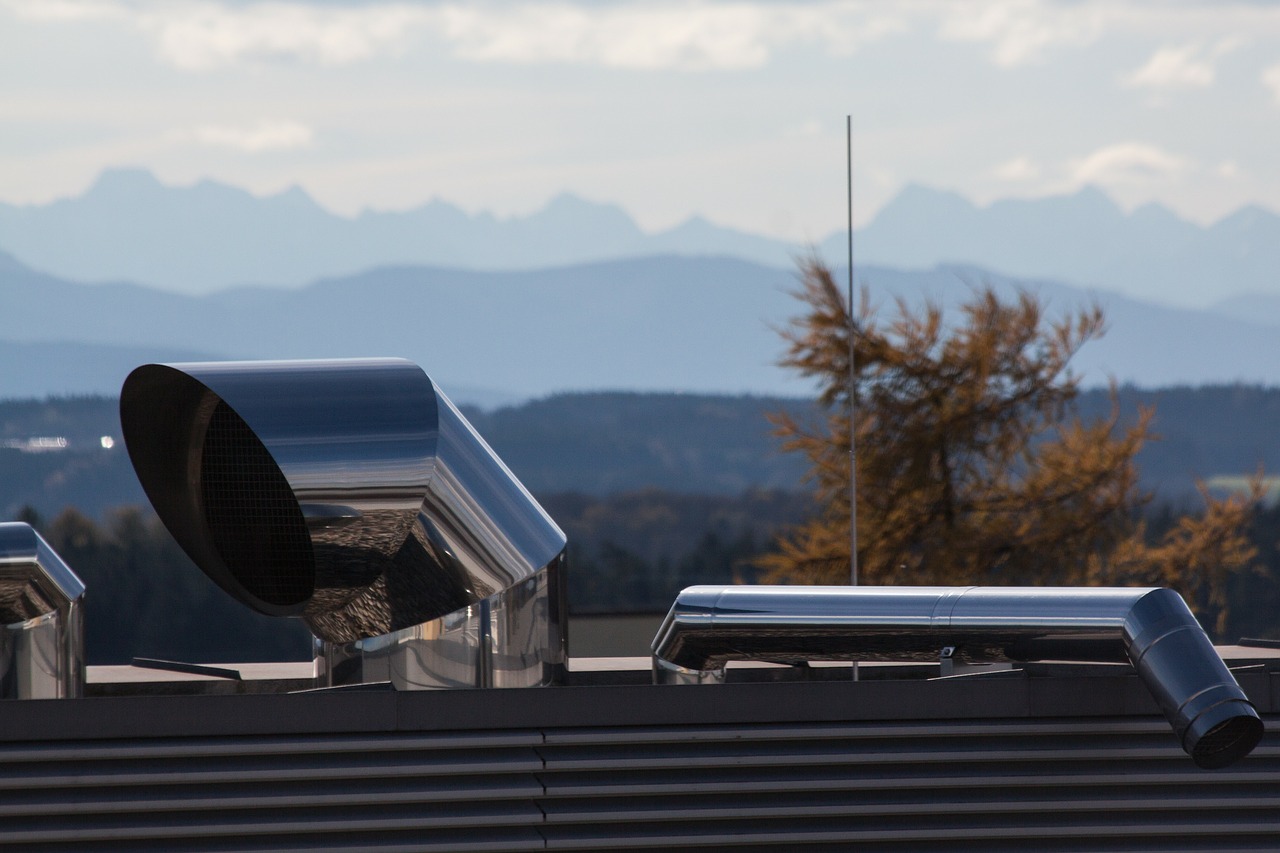

Articles
How To Unclog Vent Pipe On Roof
Modified: October 22, 2024
Learn how to unclog your vent pipe on the roof with these helpful articles. Get expert tips and tricks to prevent and fix any clogging issues.
(Many of the links in this article redirect to a specific reviewed product. Your purchase of these products through affiliate links helps to generate commission for Storables.com, at no extra cost. Learn more)
Introduction
A vent pipe on the roof is an essential component of a plumbing system. It is a vertical pipe that extends from the drainage system of a building to the roof. The purpose of a vent pipe is to allow the release of sewer gases and provide air circulation in the plumbing system, ensuring proper drainage and preventing the buildup of pressure. It plays a crucial role in maintaining the balance and functionality of the entire plumbing system.
However, over time, vent pipes can become clogged due to various factors such as debris, leaves, bird nests, or even ice during colder months. A clogged vent pipe can disrupt the proper flow of air and gases, leading to potential problems within the plumbing system. Consequently, it is important to regularly inspect and maintain vent pipes to ensure they remain clear and free from obstructions.
The importance of maintaining clear vent pipes cannot be overstated. When a vent pipe is clogged, it can lead to a variety of issues in the plumbing system. These can include:
- Slow draining sinks, showers, and toilets
- Gurgling or bubbling noises coming from drains
- Foul odors emanating from drains
- Increased risk of sewer backups and overflows
- Impact on the overall plumbing system’s efficiency
To avoid these problems and ensure the smooth operation of your plumbing system, it is crucial to address any signs of a clogged vent pipe promptly.
Key Takeaways:
- Regularly inspect and maintain vent pipes to prevent clogs and ensure proper air circulation in the plumbing system, avoiding issues like slow draining fixtures and foul odors.
- When unclogging a vent pipe on the roof, prioritize safety by using proper equipment, securing the area, and following a systematic approach to effectively clear obstructions.
Read more: How To Unclog Outdoor Drainage Pipe
Signs of a Clogged Vent Pipe
Identifying the signs of a clogged vent pipe is vital to prevent further plumbing issues. Here are some common indicators that your vent pipe may be obstructed:
- Slow Draining Fixtures: If you notice that water is draining slowly from your sinks, showers, or toilets, it could be a sign of a clogged vent pipe. The obstruction prevents proper air circulation in the plumbing system, causing a decrease in draining speed.
- Gurgling or Bubbling Noises: Unusual sounds coming from your drains, such as gurgling or bubbling, indicate that air is trapped in the plumbing system. A clogged vent pipe inhibits the flow of air, leading to these noises as water attempts to drain.
- Foul Odors: A clogged vent pipe can result in the release of unpleasant sewer odors into your home. The lack of proper ventilation allows sewer gases to build up and escape through drains, creating a foul smell throughout your property.
- Sudden Increase in Water Bills: If you notice a significant and unexplained increase in your water bills, it could be due to a clogged vent pipe. The obstruction causes water to drain more slowly, resulting in higher water usage and subsequent billing.
- Multiple Fixture Problems: If you experience issues with multiple fixtures simultaneously, such as multiple toilets not flushing properly or multiple sinks draining slowly, it is likely that a common vent pipe is clogged. This occurs when the main vent stack or a branch vent is obstructed.
Recognizing these signs is crucial for early detection and timely resolution of a clogged vent pipe. Ignoring these indicators can lead to more severe plumbing problems and potentially costly repairs.
Materials Needed
Before you begin unclogging a vent pipe on the roof, make sure you have the necessary materials on hand. Here is a list of items you may need:
- Ladder: A sturdy ladder is essential for safely accessing the roof where the vent pipe is located. Make sure it is in good condition and positioned securely.
- Work Gloves: Protect your hands with a pair of work gloves. These will come in handy while handling any debris or tools during the unclogging process.
- Safety Goggles: Wear safety goggles to shield your eyes from any debris that may be dislodged while working on the vent pipe.
- Flashlight: A flashlight is useful for illuminating the area around the vent pipe, especially if it is in a dimly lit space.
- Trowel or Scoop: Depending on the type of debris or obstruction in the vent pipe, you may need a trowel or scoop to remove it safely and effectively.
- Plumbing Snake: A plumbing snake, also known as a drain auger, is a flexible tool designed for unclogging pipes. It will help you clear any stubborn obstructions in the vent pipe.
- Bucket or Trash Bag: Have a bucket or trash bag nearby to collect any debris or material that is removed from the vent pipe during the unclogging process.
- Water Hose: A water hose can be helpful for flushing out the vent pipe and ensuring it is clear of any remaining debris after unclogging.
- Pipe Sealant or Tape: If necessary, have some pipe sealant or tape on hand to reseal or secure any joints or connections that may have been disturbed during the unclogging process.
By gathering these materials beforehand, you’ll be well-prepared to safely and effectively unclog the vent pipe on your roof.
Safety Precautions
When unclogging a vent pipe on the roof, it is important to prioritize safety. Follow these safety precautions to ensure your well-being during the process:
- Use Proper Safety Equipment: Wear sturdy work gloves and safety goggles to protect your hands and eyes from any debris or potential hazards.
- Secure the Area: Make sure the area around the vent pipe is clear and free from any obstructions before you begin. This includes removing any loose debris or objects that could cause a tripping hazard.
- Use a Sturdy Ladder: Set up a stable and secure ladder to access the roof safely. Ensure that it is placed on a level surface and that it is tall enough to reach the vent pipe comfortably.
- Mind Weather Conditions: Be mindful of the weather conditions before venturing onto the roof. Avoid working on the vent pipe during inclement weather, such as rain or strong winds, as these conditions can increase the risk of accidents.
- Be Cautious of Roof Slope: Take extra care when working on a sloped roof. Maintain your balance and avoid leaning too far over the edge. Consider using stabilizers or harnesses to provide additional support and security, if necessary.
- Avoid Overreaching: Never overreach when working on the vent pipe. If you can’t reach a certain area comfortably, reposition the ladder rather than stretching or leaning dangerously.
- Be Aware of Electrical Lines: Pay attention to nearby electrical lines and ensure that your ladder or any tools you use do not come into contact with them.
- Stay Hydrated: If you are working on a hot day, remember to stay properly hydrated by drinking plenty of water. Take regular breaks as needed to rest and cool down.
- Seek Professional Help, if Needed: If you encounter a particularly challenging or dangerous situation while unclogging the vent pipe, do not hesitate to seek assistance from a professional plumber. Your safety is paramount.
By following these safety precautions, you can minimize the risk of accidents and ensure a safe working environment while unclogging the vent pipe on your roof.
Use a plumbing snake to carefully remove any debris or blockage from the vent pipe on your roof. Be sure to wear gloves and eye protection. If the clog persists, consider calling a professional.
Step-by-Step Guide to Unclog a Vent Pipe on the Roof
Unclogging a vent pipe on the roof can be done with some basic tools and a systematic approach. Follow these step-by-step instructions to effectively clear the obstruction:
- Assess the Situation: Begin by identifying the vent pipe that is clogged. Locate it on the roof and visually inspect the area for any visible signs of debris or obstruction. Take note of the severity of the clog.
- Secure the Area: Make sure the surrounding area is clear of any potential hazards. Clear away any debris or objects that may interfere with your work and ensure a safe working environment.
- Put on Safety Gear: Equip yourself with work gloves and safety goggles to protect your hands and eyes during the unclogging process.
- Access the Roof: Position a sturdy ladder against the side of the building to safely reach the vent pipe located on the roof. Make sure the ladder is securely placed and that it provides stable support.
- Inspect and Clear Debris: Examine the vent pipe for any visible debris or obstructions. Remove any loose debris using a trowel or scoop. Be careful not to push the obstruction further down the pipe.
- Use a Plumbing Snake: If the clog is deeper within the vent pipe, insert a plumbing snake or drain auger into the pipe. Carefully push the snake down the pipe while rotating it to break up and dislodge the obstruction.
- Flush with Water: Once you have cleared the vent pipe of any visible obstructions, use a water hose to flush the pipe and remove any remaining debris. Direct the water down the pipe and monitor the flow to ensure it is unobstructed.
- Inspect and Test: After flushing the vent pipe, visually inspect the area to ensure it is clear. Test the drainage of sinks, showers, and toilets to verify that the vent pipe is functioning properly.
- Secure and Seal: Check for any loose joints or connections in the vent pipe and secure them using pipe sealant or tape as needed. Ensure that all components of the vent pipe are properly sealed for optimal performance.
- Clean Up: Remove any remaining debris from the roof and surrounding area. Dispose of it properly and clean up any dirt or mess created during the unclogging process.
- Regular Maintenance: To prevent future clogs, schedule regular maintenance checks and cleanings of your vent pipe. This will help maintain the proper air circulation in the plumbing system and prevent the accumulation of debris.
Following these step-by-step instructions will help you effectively unclog a vent pipe on the roof and restore the proper functioning of your plumbing system.
Alternative Methods for Unclogging a Vent Pipe
If the step-by-step guide to unclogging a vent pipe on the roof doesn’t fully resolve the issue, or if you prefer to explore alternative methods, here are a few additional approaches to consider:
- High-Pressure Water Jetting: If the clog in the vent pipe is stubborn and difficult to remove, you can try using a high-pressure water jetting machine. This powerful tool creates a strong stream of water that can effectively break up and flush out the obstruction.
- Air Compressor: Another option is using an air compressor to blow air through the vent pipe. This can help dislodge any debris or obstructions that are causing the blockage. Be cautious when using an air compressor and ensure you are using the appropriate pressure for the vent pipe.
- Chemical Drain Cleaners: Chemical drain cleaners can be used as an alternative method to unclog a vent pipe. However, exercise caution when using these products, as they can be corrosive and may cause damage to the plumbing system. Follow the instructions on the product carefully and use gloves and eye protection when handling chemical cleaners.
- Professional Plumbing Services: If you have tried the above methods and the clog persists, or if you feel uncomfortable attempting to unclog the vent pipe yourself, it may be time to seek the services of a professional plumber. They have the expertise and specialized equipment to accurately diagnose and resolve the issue with your vent pipe.
Remember, when using alternative methods, it’s important to exercise caution and follow appropriate safety guidelines. If you are uncertain or uncomfortable with the process, it’s always best to consult a professional to avoid causing further damage or injury.
Ultimately, the goal is to clear the vent pipe and restore the proper function of your plumbing system, and there are various methods available to achieve this. Choose the method that suits your comfort level and the severity of the clog.
Preventive Measures for Avoiding Clogged Vent Pipes
Maintaining clear and unobstructed vent pipes is crucial for the proper functioning of your plumbing system. Here are some preventive measures you can take to avoid clogged vent pipes:
- Regular Inspections: Periodically inspect your vent pipes to ensure they are free from any debris or obstructions. Look for signs of wear or damage and address any issues promptly.
- Trim Surrounding Trees and Foliage: Trim back any overhanging branches or nearby vegetation that could potentially interfere with the vent pipes. This will help prevent leaves, twigs, or bird nests from entering and clogging the pipes.
- Install Vent Caps or Screens: Consider installing vent caps or screens on the openings of your vent pipes. These devices act as barriers, allowing airflow while preventing larger debris from entering the pipes.
- Properly Seal Pipe Joints: Ensure that the joints and connections in your vent pipes are properly sealed. Loose or damaged connections can allow debris to enter and cause clogs. Regularly check and repair any leaks or weaknesses in the pipe joints.
- Clear Roof Drains Regularly: Clean out roof drains and gutters regularly to prevent debris from accumulating and potentially flowing into the vent pipes. This will help maintain proper water flow and minimize the risk of clogs.
- Avoid Flushing Debris: Be mindful of what you flush down your drains and toilets. Avoid disposing of items that could easily cause clogs, such as grease, food scraps, sanitary products, or excessive amounts of toilet paper. Use drain catchers or strainers to catch debris before it enters the plumbing system.
- Regular Professional Maintenance: Schedule regular maintenance visits from a professional plumber to inspect and clean your vent pipes. They can identify and address any potential issues before they escalate into full-blown clogs.
- Educate Household Members: Teach everyone in your household about what can and cannot be flushed down the drains or toilets. Encouraging responsible use of the plumbing system will help prevent clogs and maintain the integrity of the vent pipes.
By practicing these preventive measures, you can minimize the risk of clogged vent pipes and ensure the proper functioning of your plumbing system. Regular maintenance and awareness of potential issues will help keep your vent pipes clear and free from obstructions.
Conclusion
Maintaining clear and unobstructed vent pipes on the roof is essential for the proper functioning of your plumbing system. Clogged vent pipes can lead to a range of issues, including slow draining fixtures, foul odors, and an increased risk of sewer backups. By regularly inspecting and unclogging your vent pipes, you can avoid these problems and ensure the efficient operation of your plumbing system.
In this article, we discussed the definition and importance of vent pipes on the roof. We explored the signs of a clogged vent pipe, such as slow draining fixtures, gurgling noises, and foul odors. Additionally, we provided a step-by-step guide for unclogging a vent pipe on the roof, outlining the materials needed and safety precautions to be taken.
Furthermore, we discussed alternative methods for unclogging a vent pipe, with options such as high-pressure water jetting and using an air compressor. We emphasized the importance of caution and, if needed, seeking professional plumbing services to ensure safety and effectiveness.
To prevent clogged vent pipes, we highlighted several preventive measures, including regular inspections, trimming surrounding trees and foliage, installing vent caps or screens, proper sealing of pipe joints, and regular professional maintenance. By practicing these preventive measures and educating household members, you can minimize the risk of clogs and maintain the integrity of your vent pipes.
In conclusion, taking care of your vent pipes is a vital aspect of maintaining a healthy plumbing system. Stay proactive and address any signs of clogged vent pipes promptly to prevent further complications. By doing so, you can ensure the smooth and efficient operation of your plumbing system, providing peace of mind and a comfortable living environment.
Frequently Asked Questions about How To Unclog Vent Pipe On Roof
Was this page helpful?
At Storables.com, we guarantee accurate and reliable information. Our content, validated by Expert Board Contributors, is crafted following stringent Editorial Policies. We're committed to providing you with well-researched, expert-backed insights for all your informational needs.
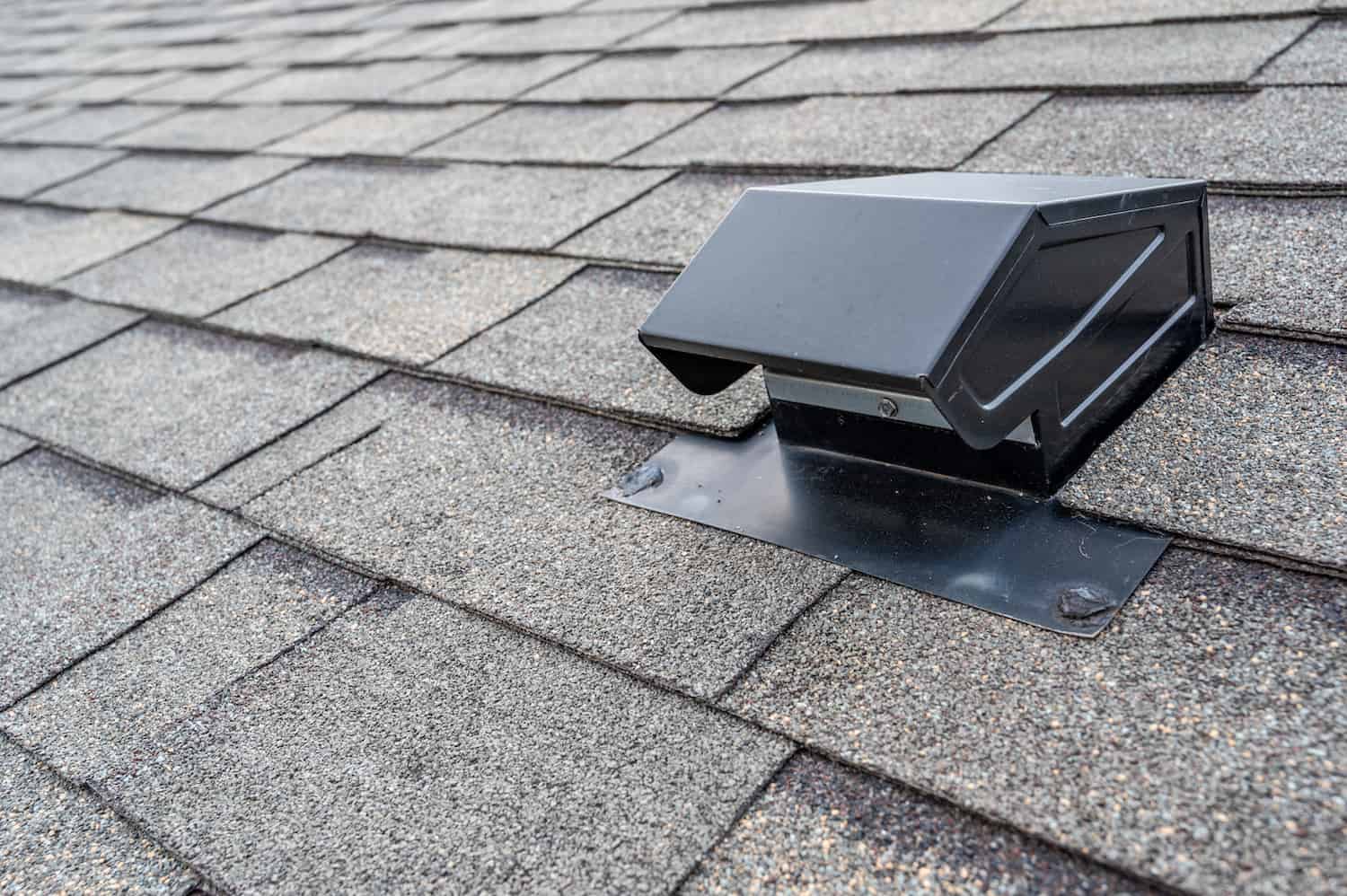
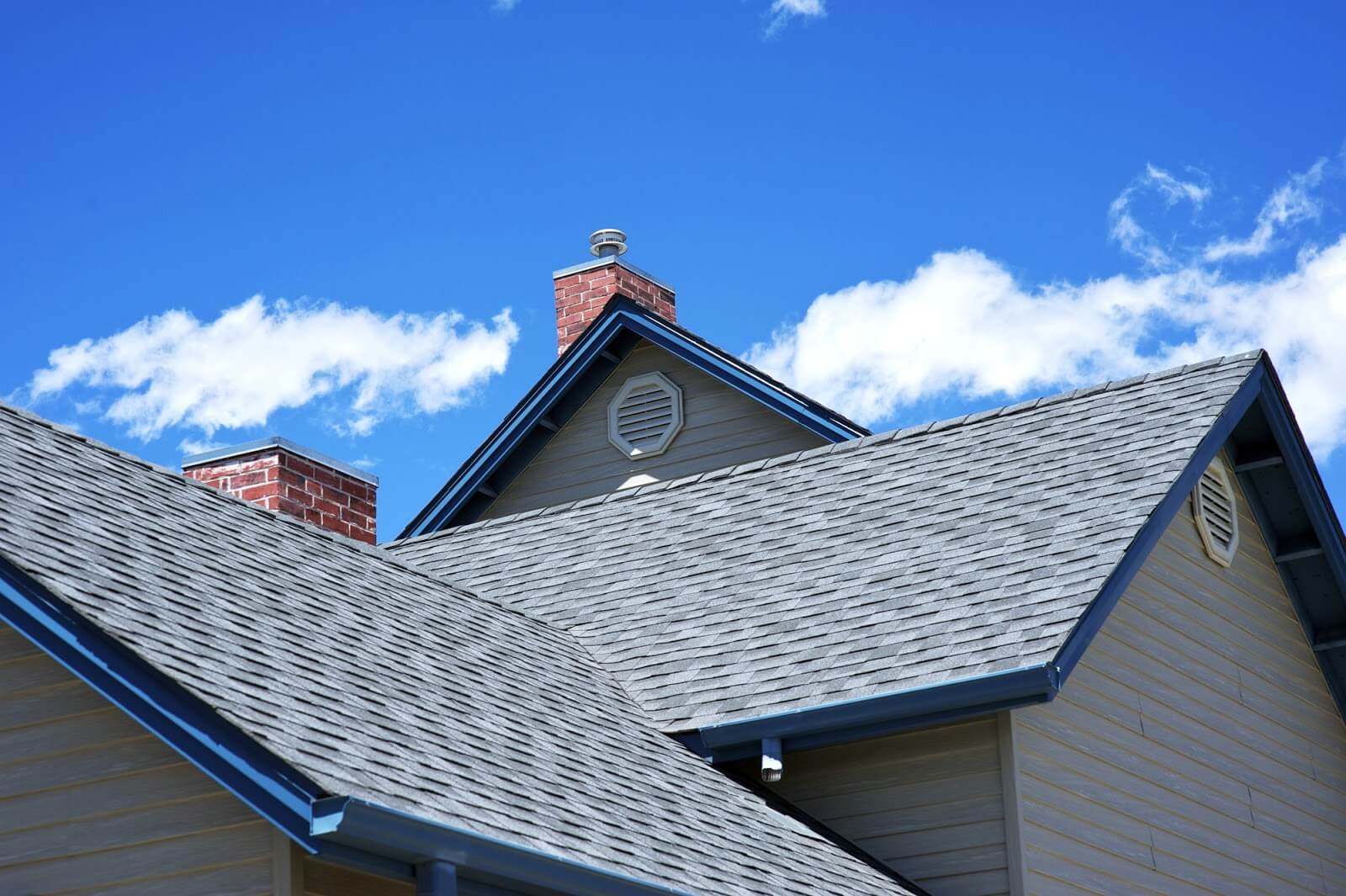
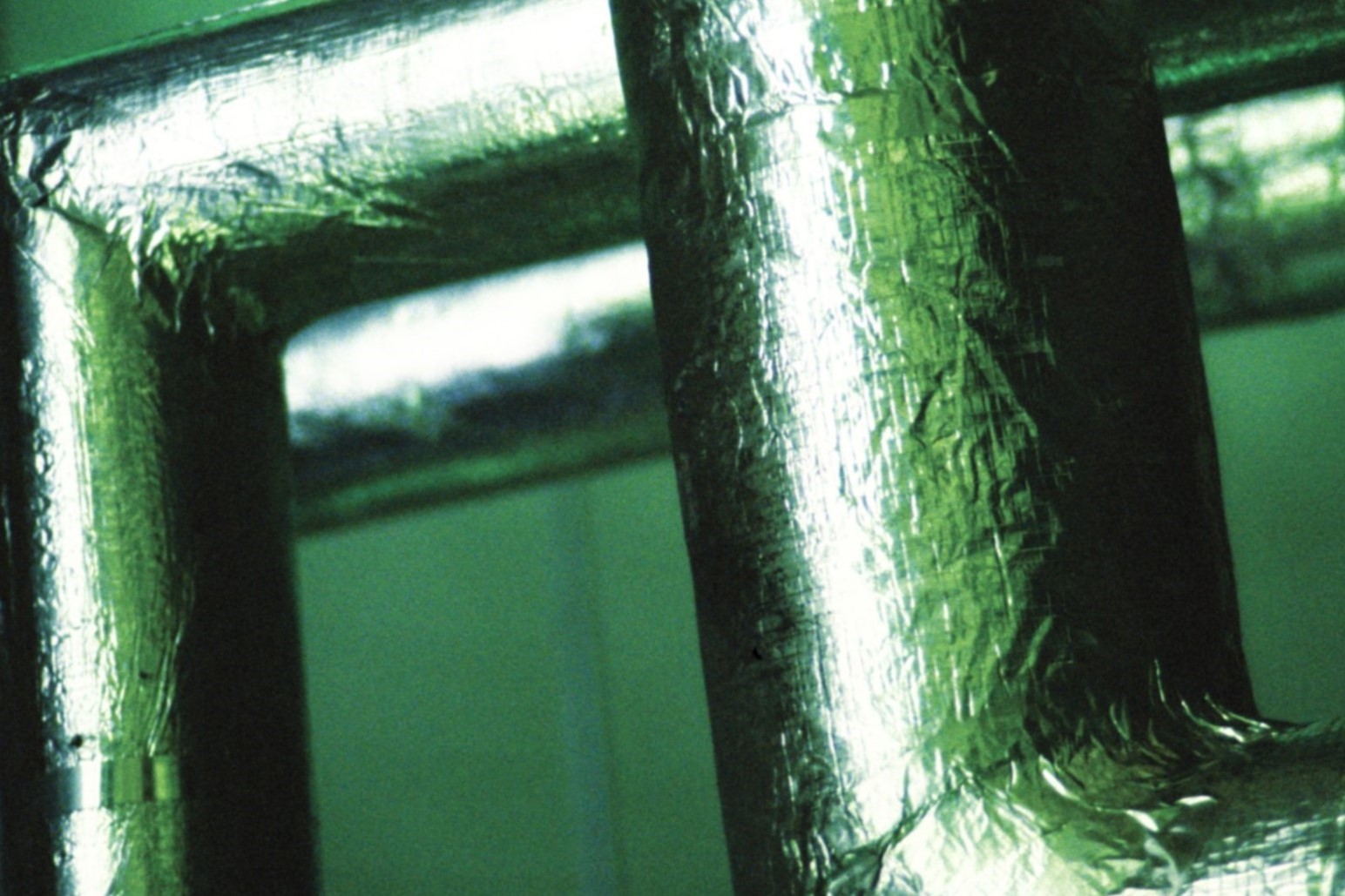
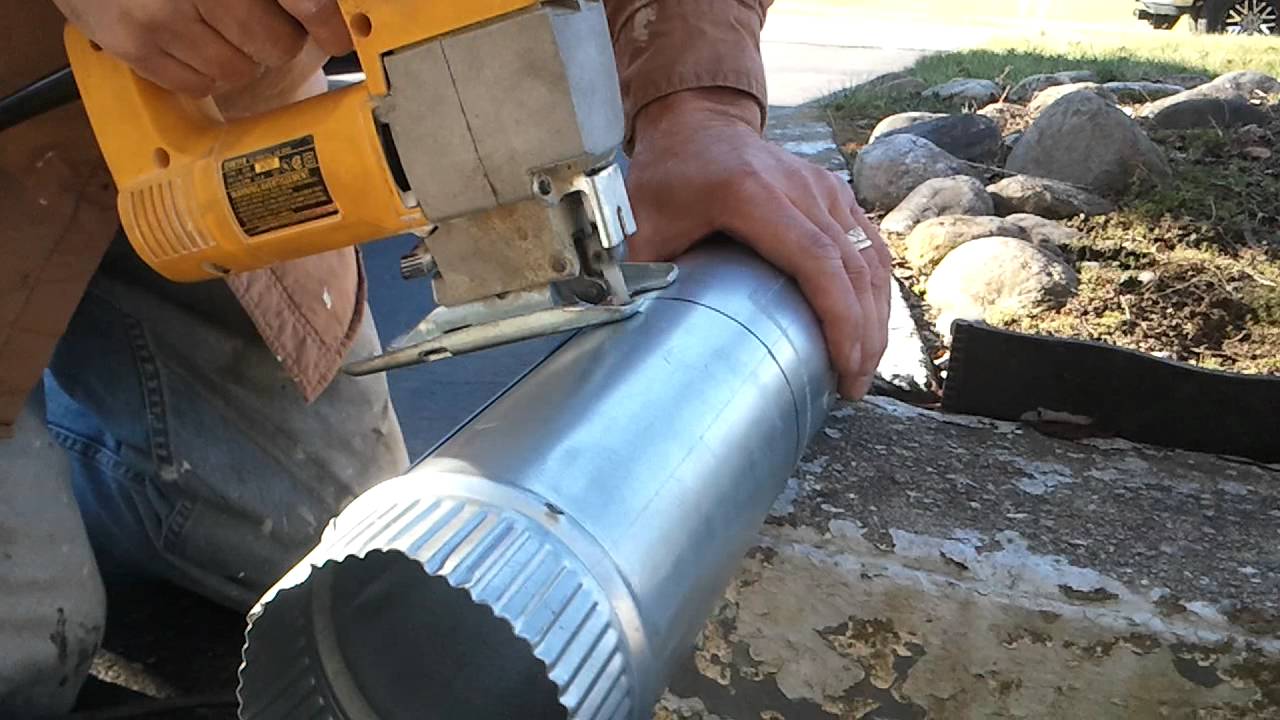
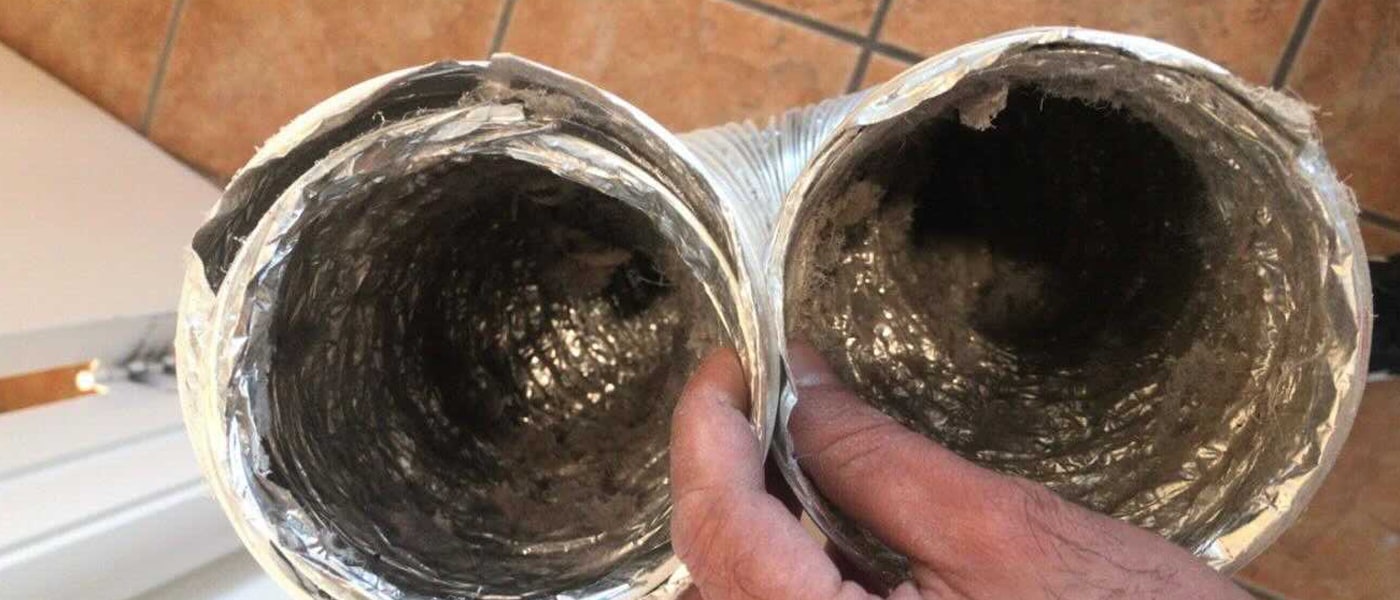
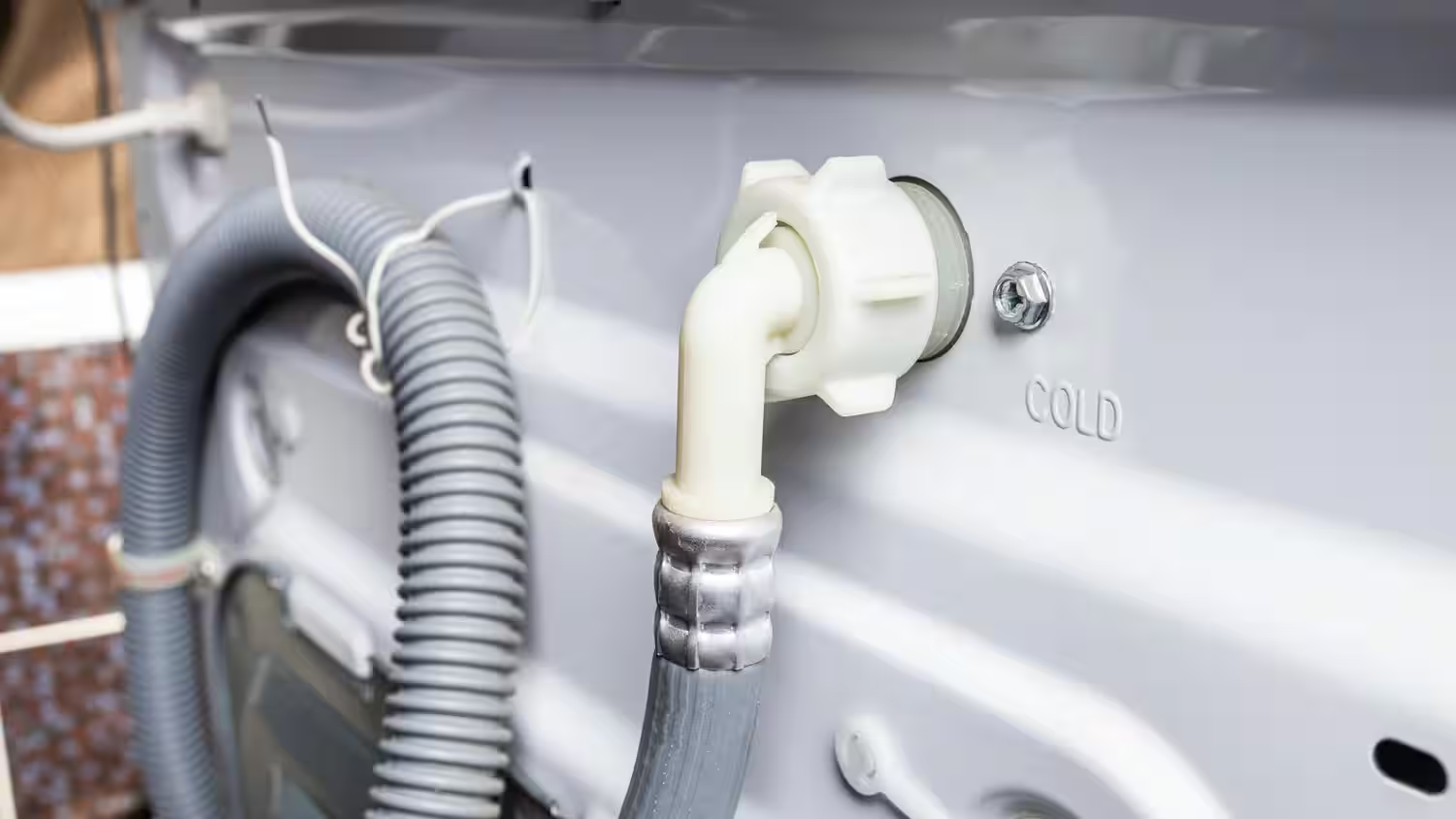
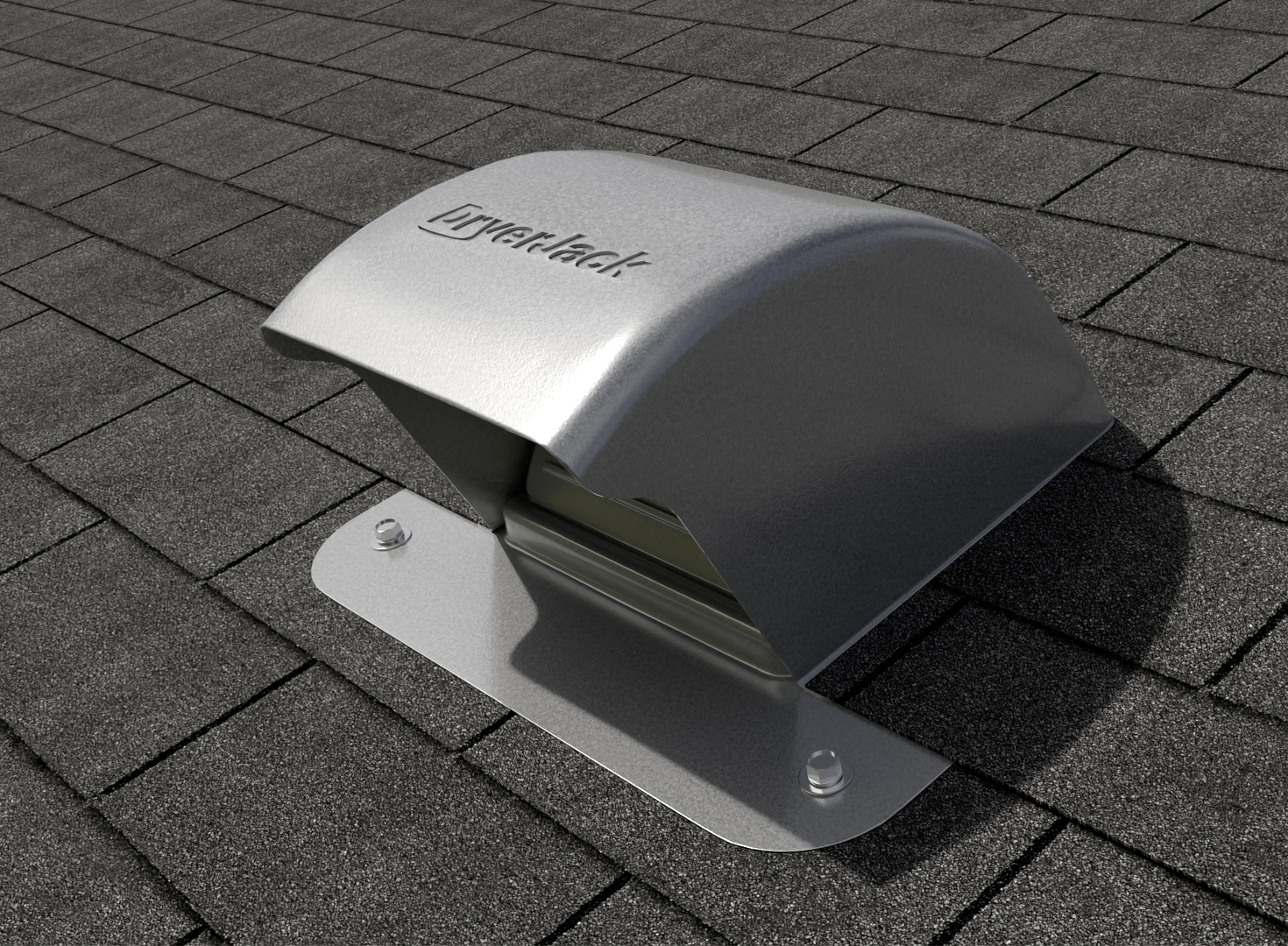
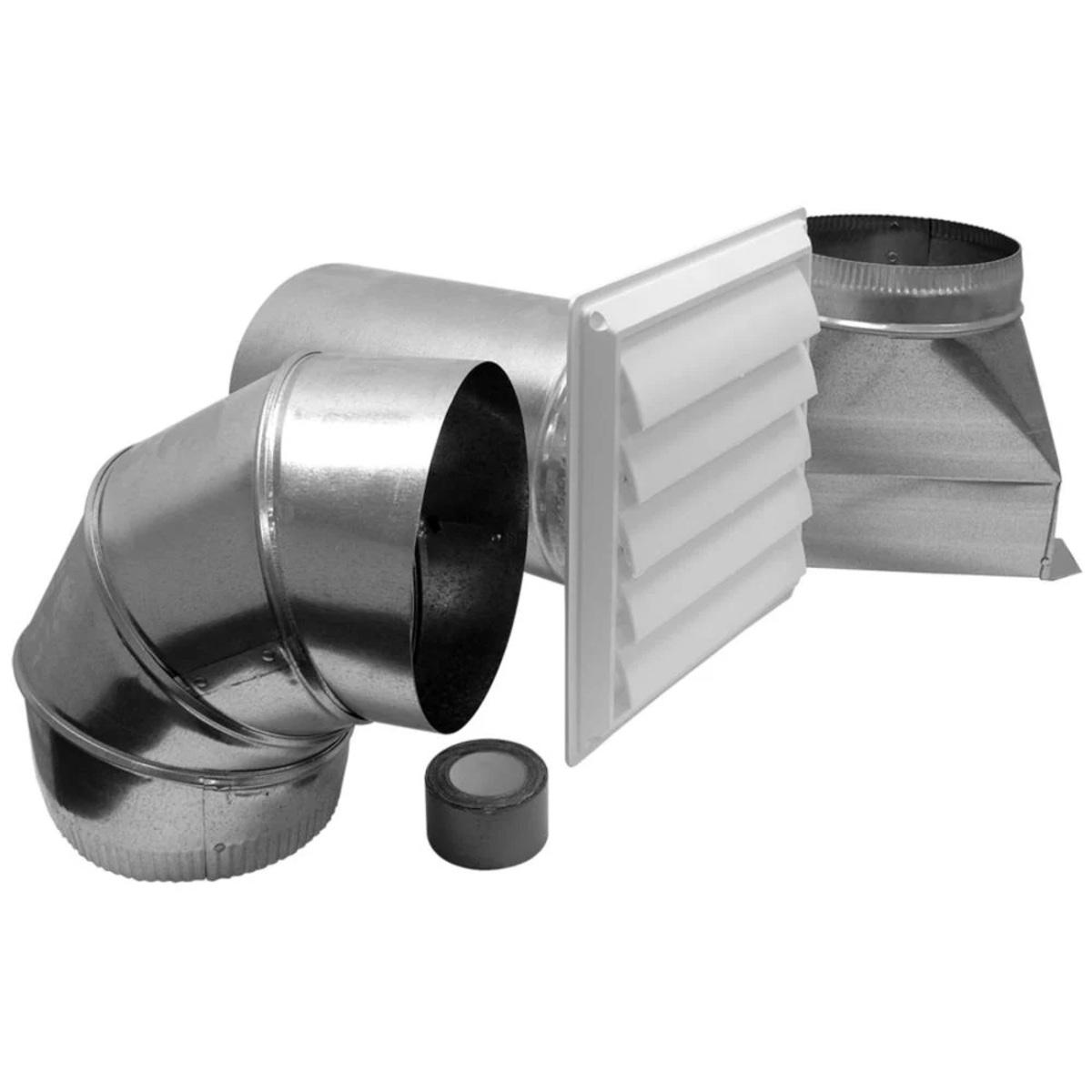
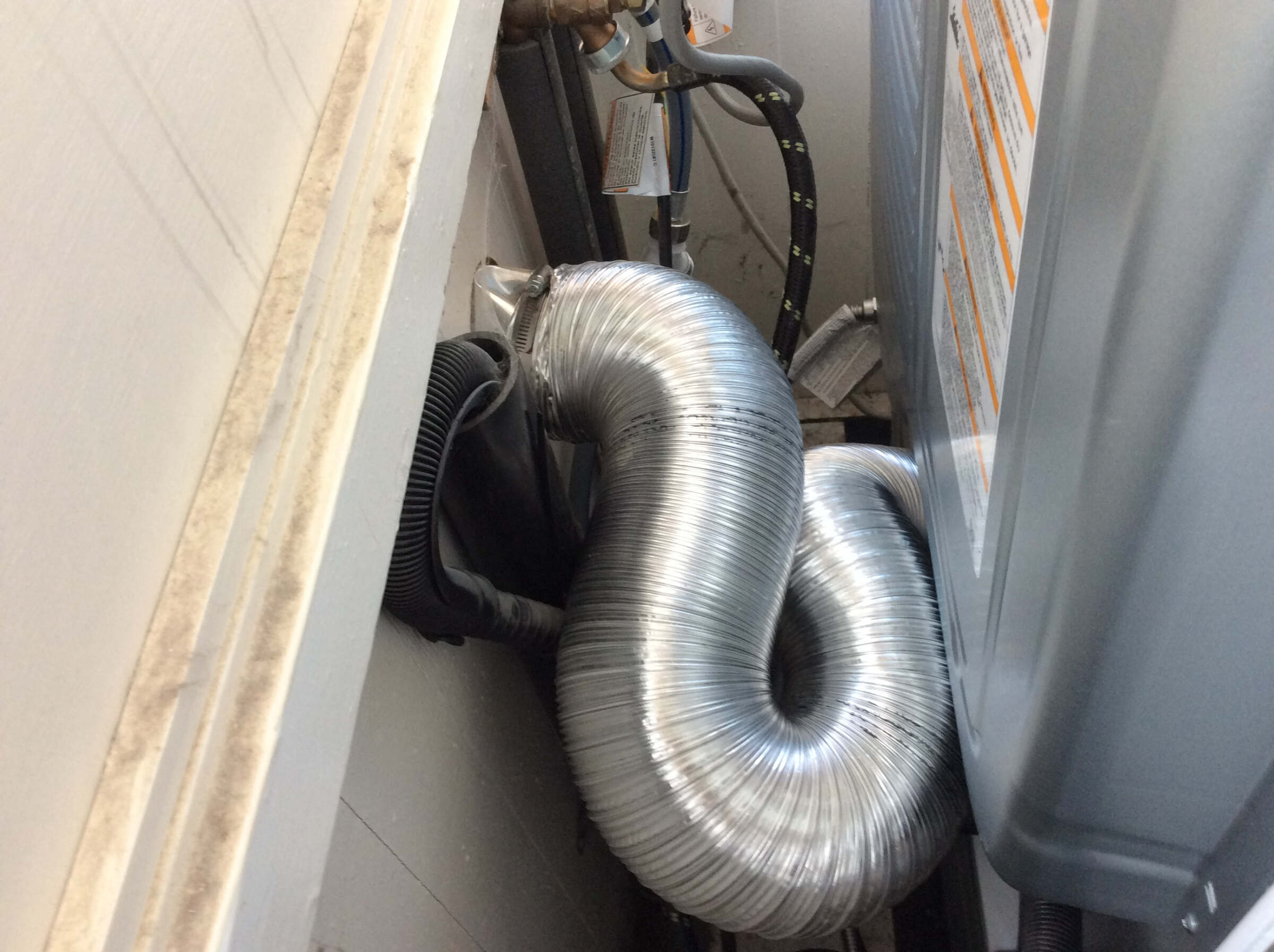
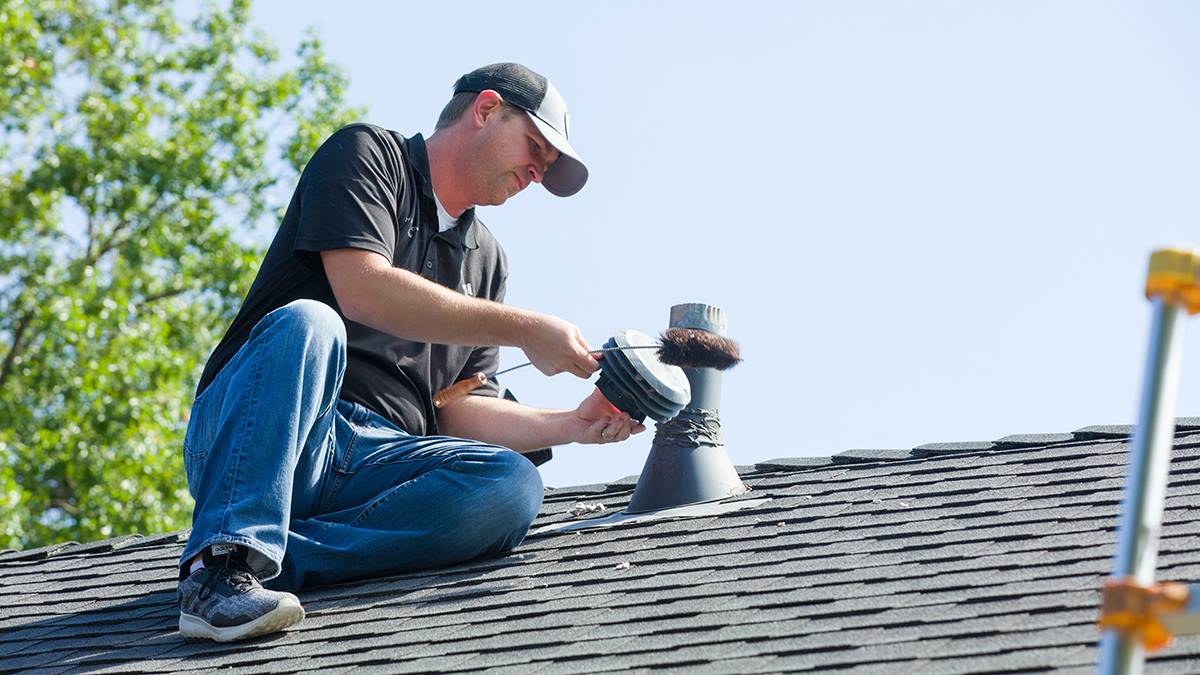
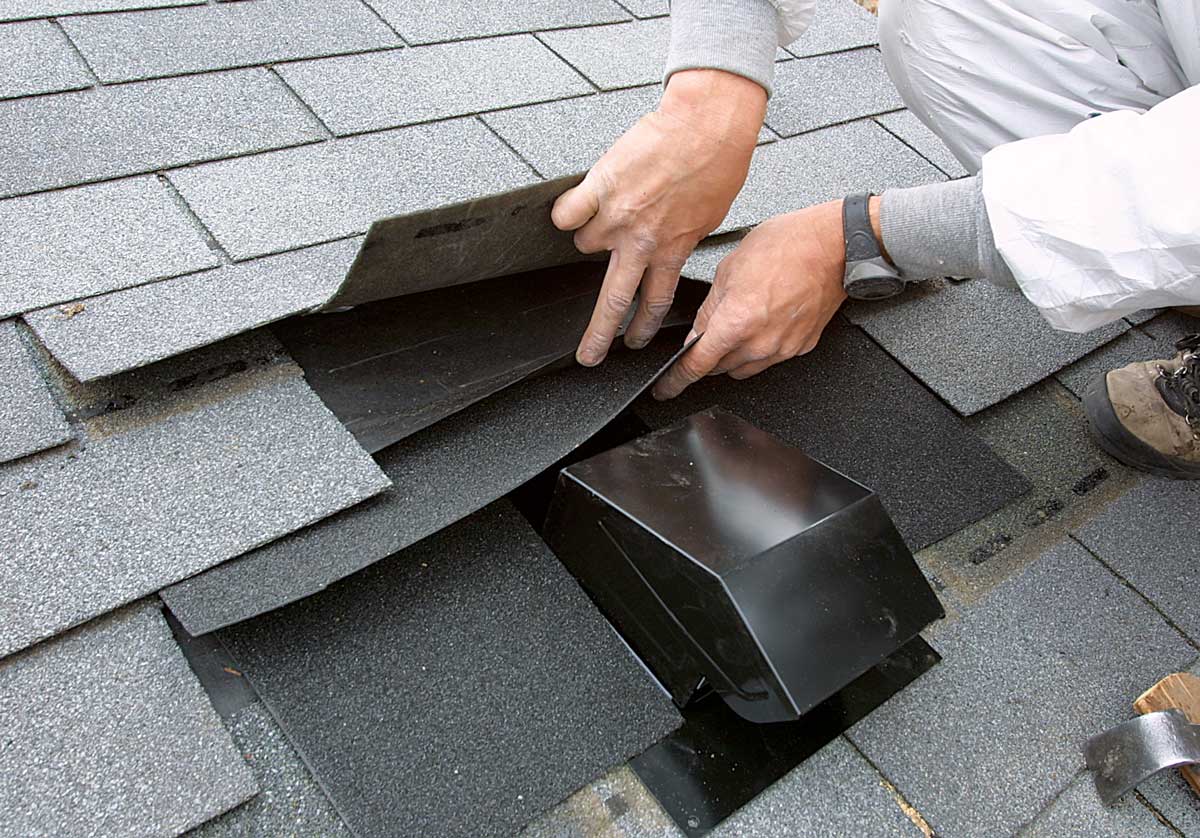
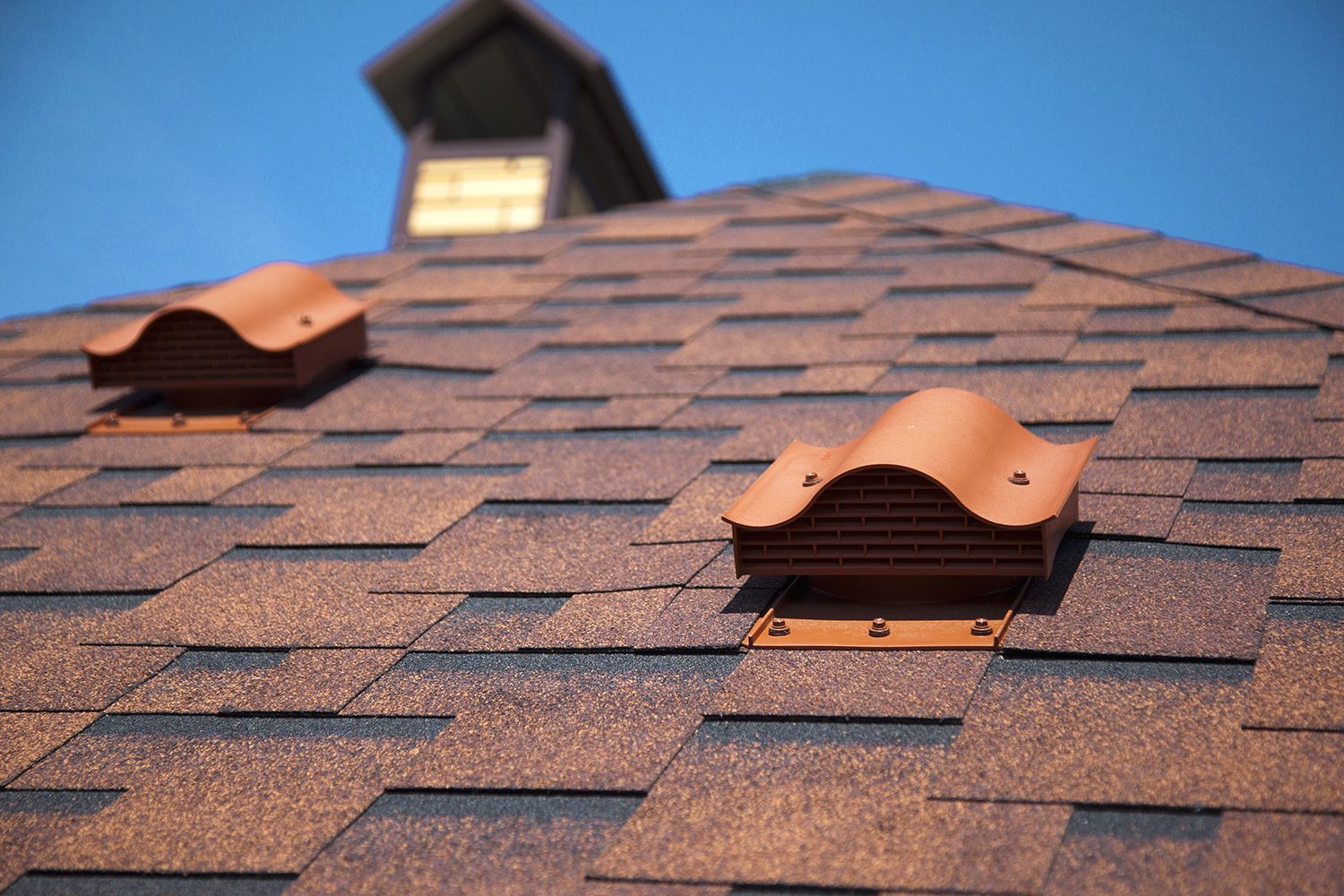
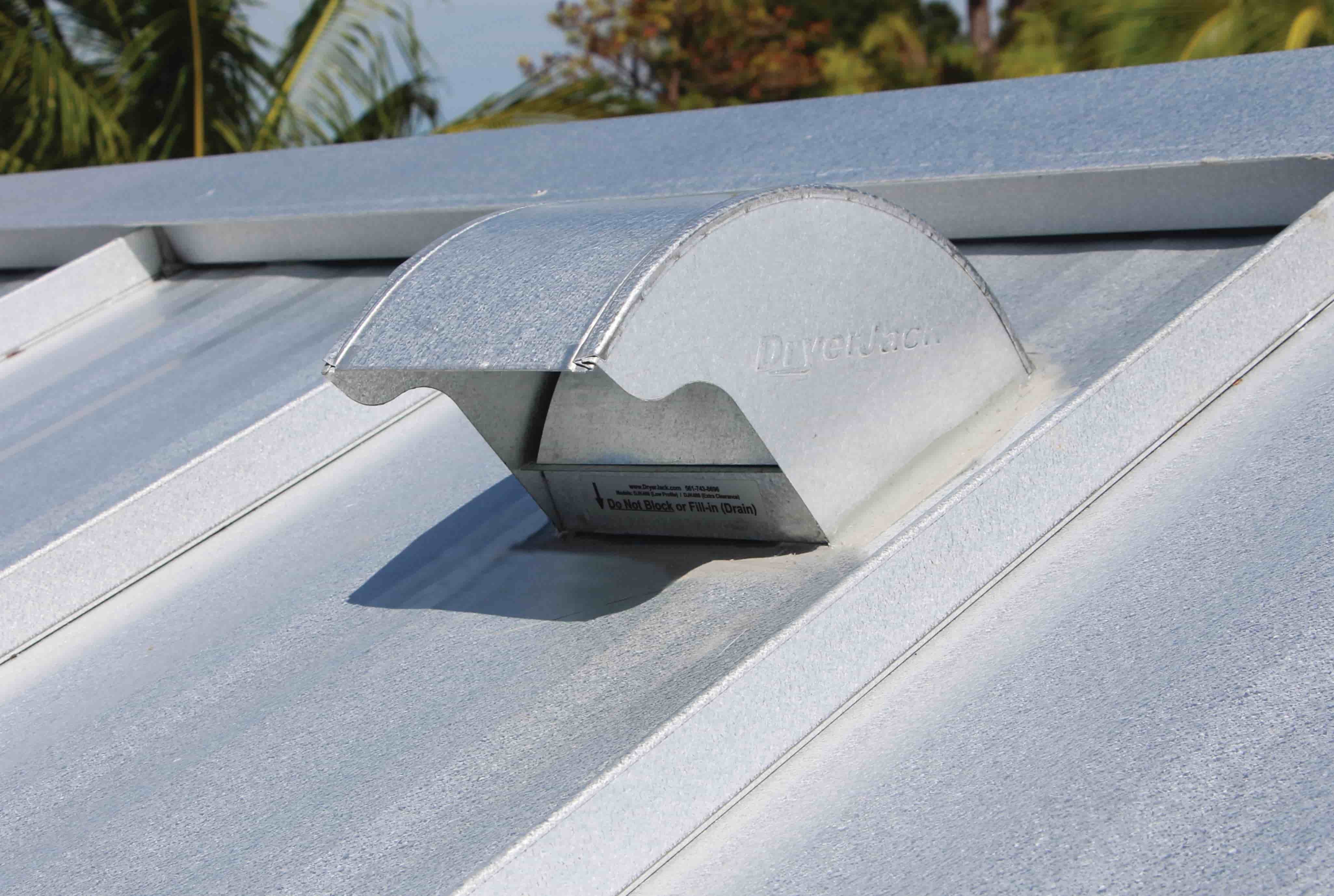
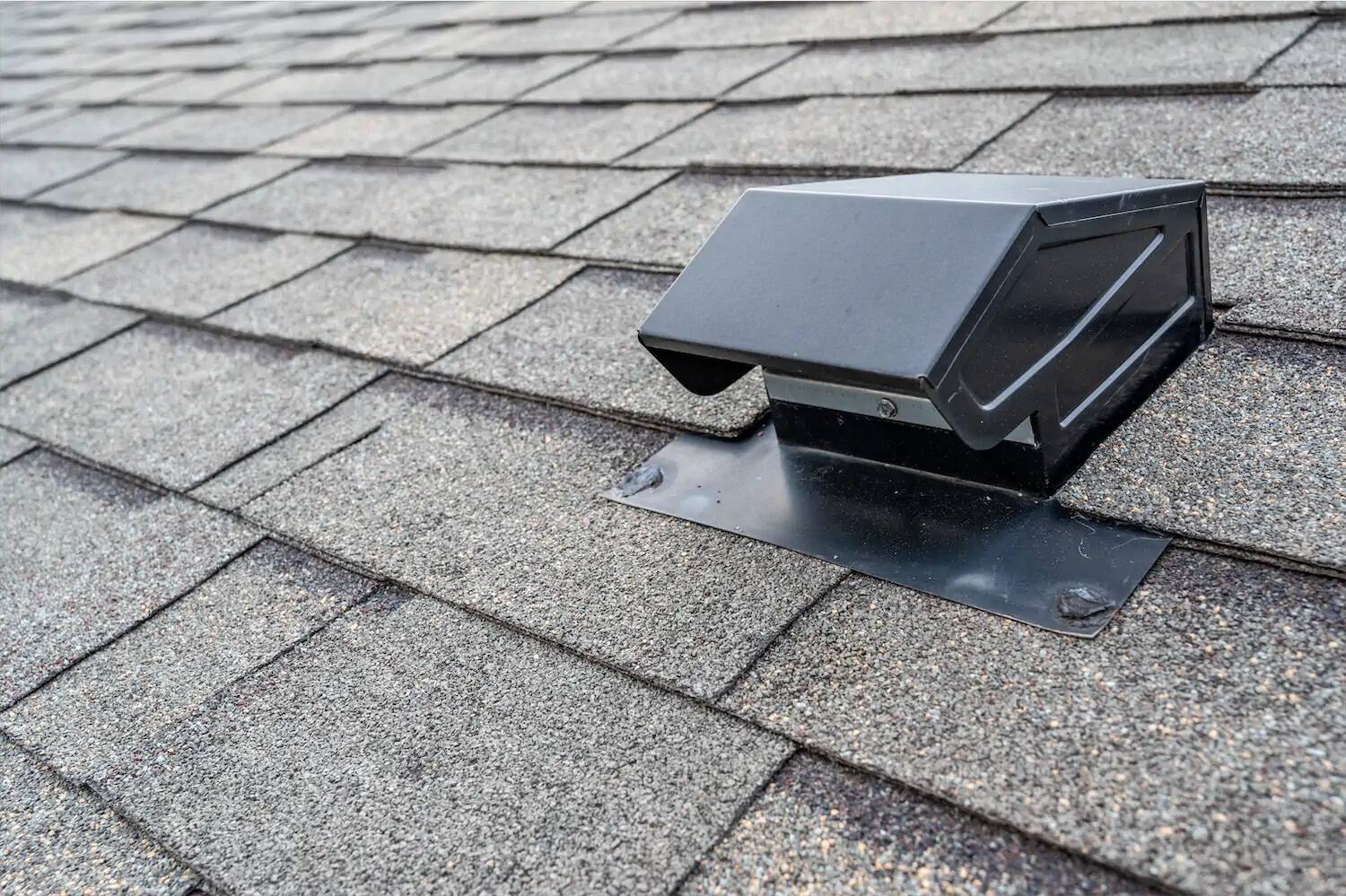

0 thoughts on “How To Unclog Vent Pipe On Roof”